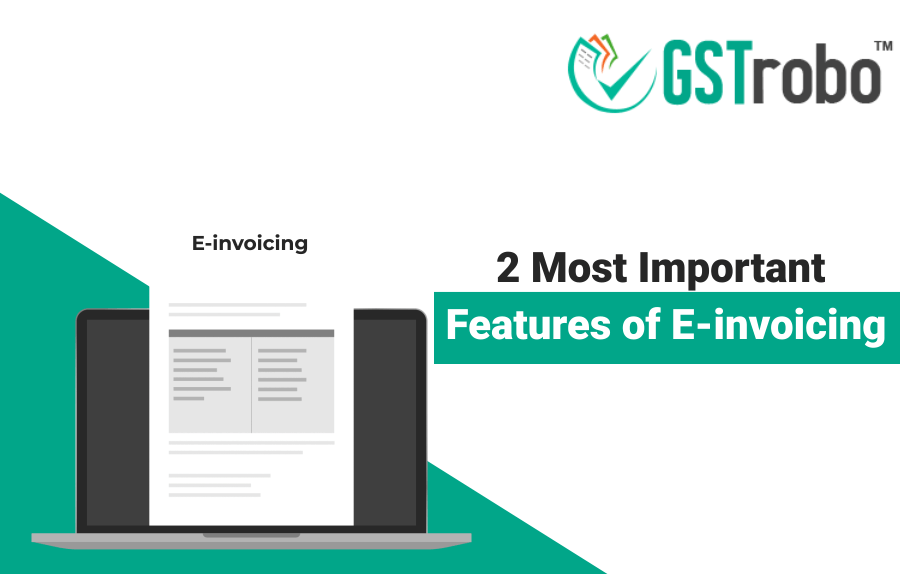2 Most Important Features of E-Invoicing
The government of India implemented e-invoicing to ease B2B and export invoice detailing for organizations with an aggregate turnover of INR 20 crores or more. The fundamental idea behind e-invoicing is to promote machine readability and uniform translation, permitting interoperability across all GST software.
Under e-invoicing, a taxpayer can easily verify an invoice using Invoice Reference Number (IRN) and QR Code allocated after approval by the Invoice Registration Portal (IRP). With these features, tax officials can without much of a stretch track e-invoices using the offline application. This article will look into these 2 most important features of e-invoicing and how they help make each e-invoice unique.

Invoice Reference Number (IRN)
The IRN under the new e-invoicing system can be defined as a unique identification number assigned to an invoice by the IRP. IRN is generated utilizing a hash algorithm. This feature of e-invoicing ensures that the supplier does not upload or use the same invoice more than once.
What is a Hash Algorithm?
A hash algorithm is a capacity that converts an information string with alphanumeric code into a number string. The hash algorithm ensures that the original message remains encrypted.
What are the Hash Parameters?
The IRP uses the accompanying parameters to generate the hash, which ultimately becomes the IRN.
These parameters are:
- Type of documents such as invoice, credit note, and debit note
- Document numbers such as invoice number, credit note number, and debit note number
- GSTIN of the supplier
- Financial year
Generating the IRN
The IRP will generate the hash for a document utilizing the above-mentioned data parameters submitted by the supplier. Then, the IRP will send this data to the Central Repository of the GST system to check for duplicates. Finally, the hash value generated by the IRP becomes the IRN for the invoice.
Quick Response Code (QR code)
A QR code can be characterized as a two-dimensional code applied to items to permit machine meaningfulness. This is useful for charge officials to check solicitations utilizing a disconnected application. QR codes will be made utilizing the accompanying boundaries as information sources:
- GSTIN of the supplier
- GSTIN of the recipient
- Invoice number issued by the supplier
- Invoice generation date
- The taxable value of the invoice
- Number and details of items
- HSN code of the items
- Hash or IRN
As per the e-invoice schema implemented by the CBIC, the organization must print the QR code. Henceforth, all B2B suppliers and exporters generating e-invoices must print QR codes on them.
Way Forward
In the first place, every notified taxpayer needs to generate invoices using ERPs or billing/accounting software. After that, the generated invoice is uploaded to IRP, where IRN, DSC, and QR code are assigned to it. Since the IRP permits the constant transfer of invoices, there will be fewer fake invoices, and simpler record-keeping and tracking. This will help the GST authorities to uproot the tax evasion incidence. In addition, it will also help the taxpayers to avoid errors in GST returns and e-Way bills, caused due to human intervention, as IRP is interlinked with the e-Way Bill and GST system.
